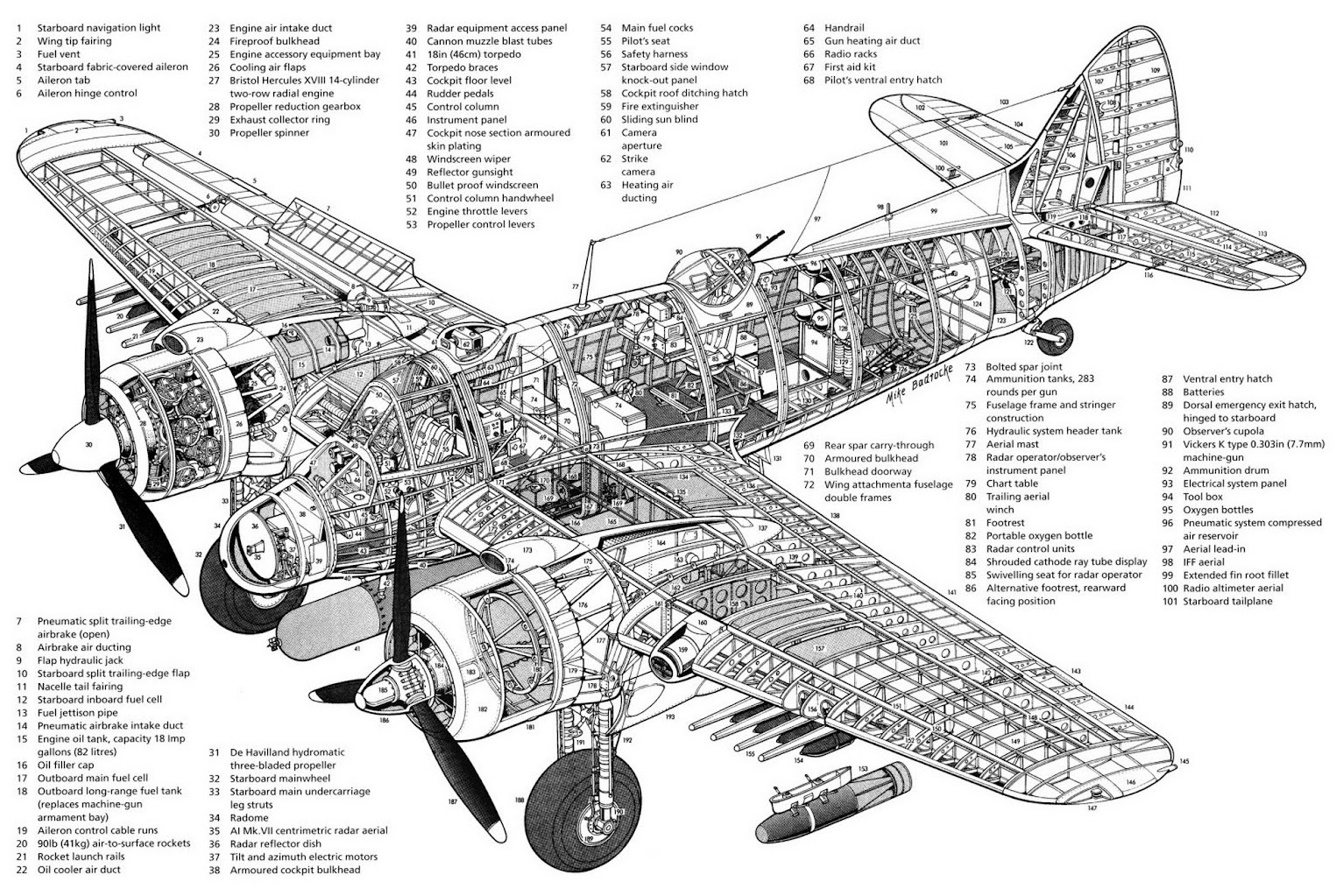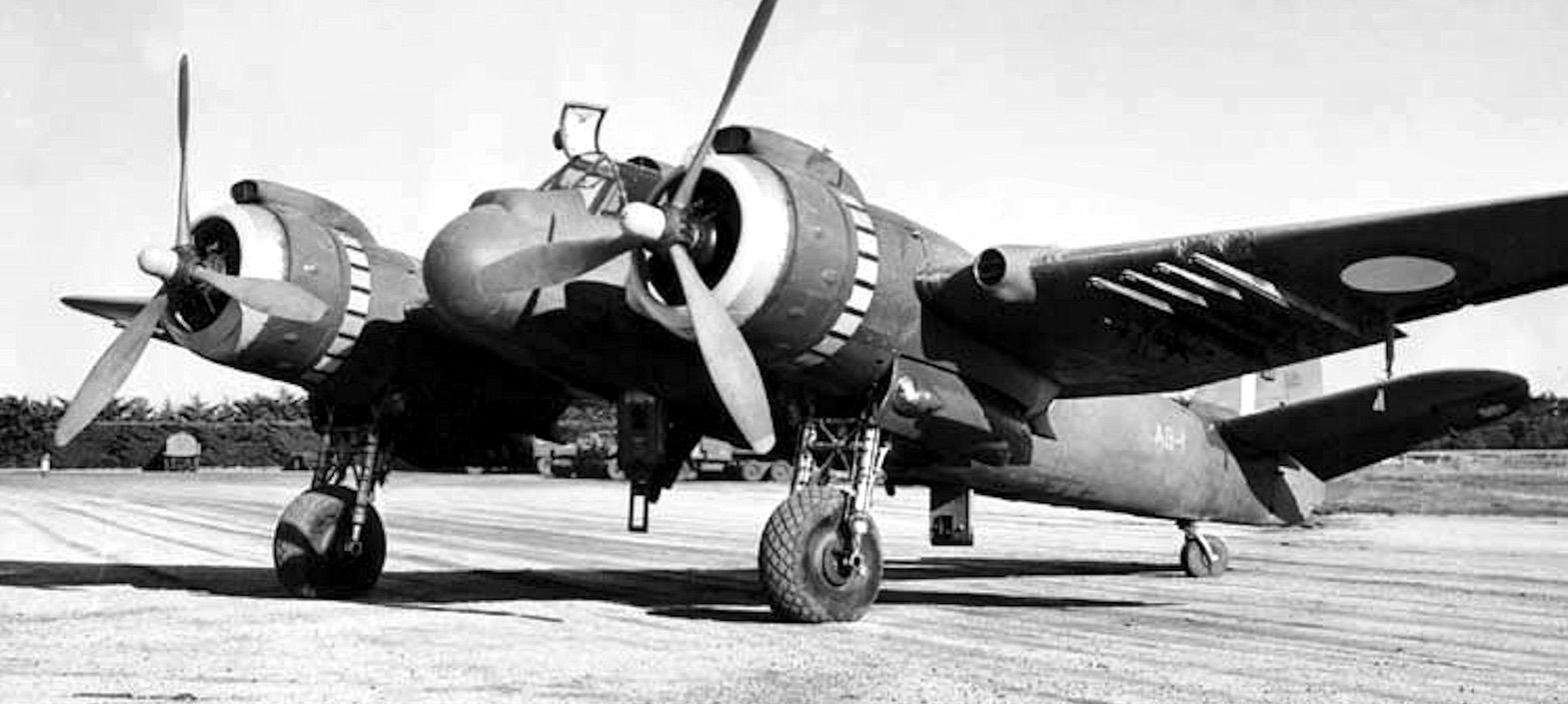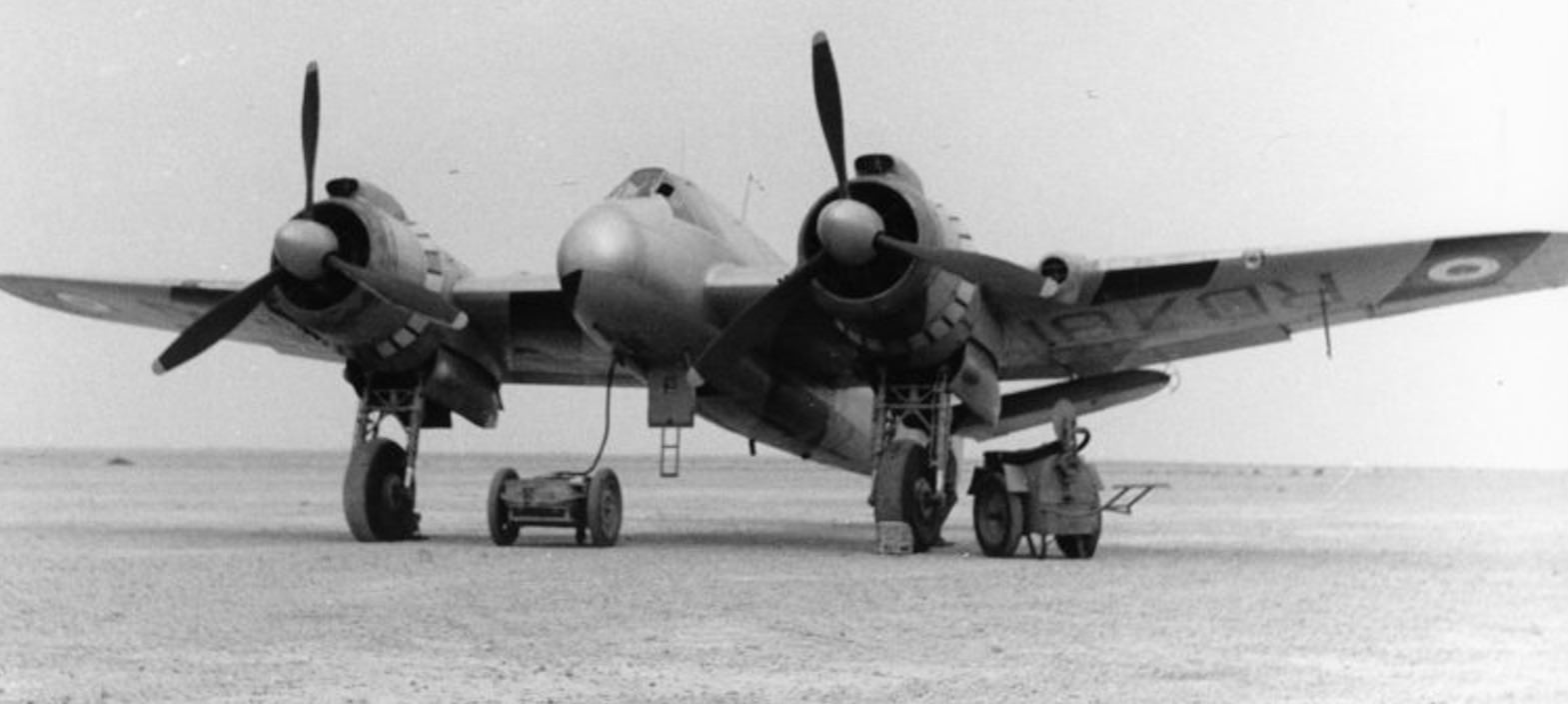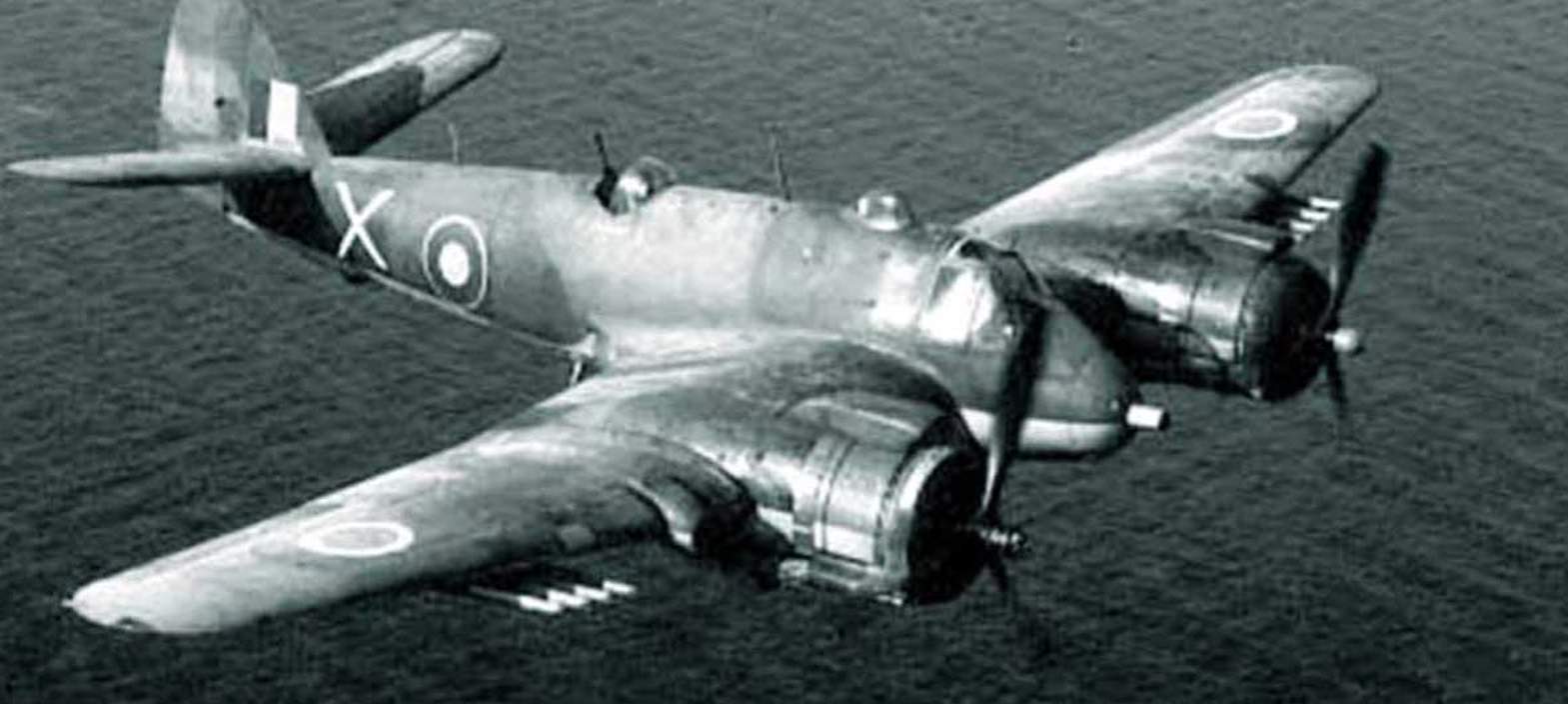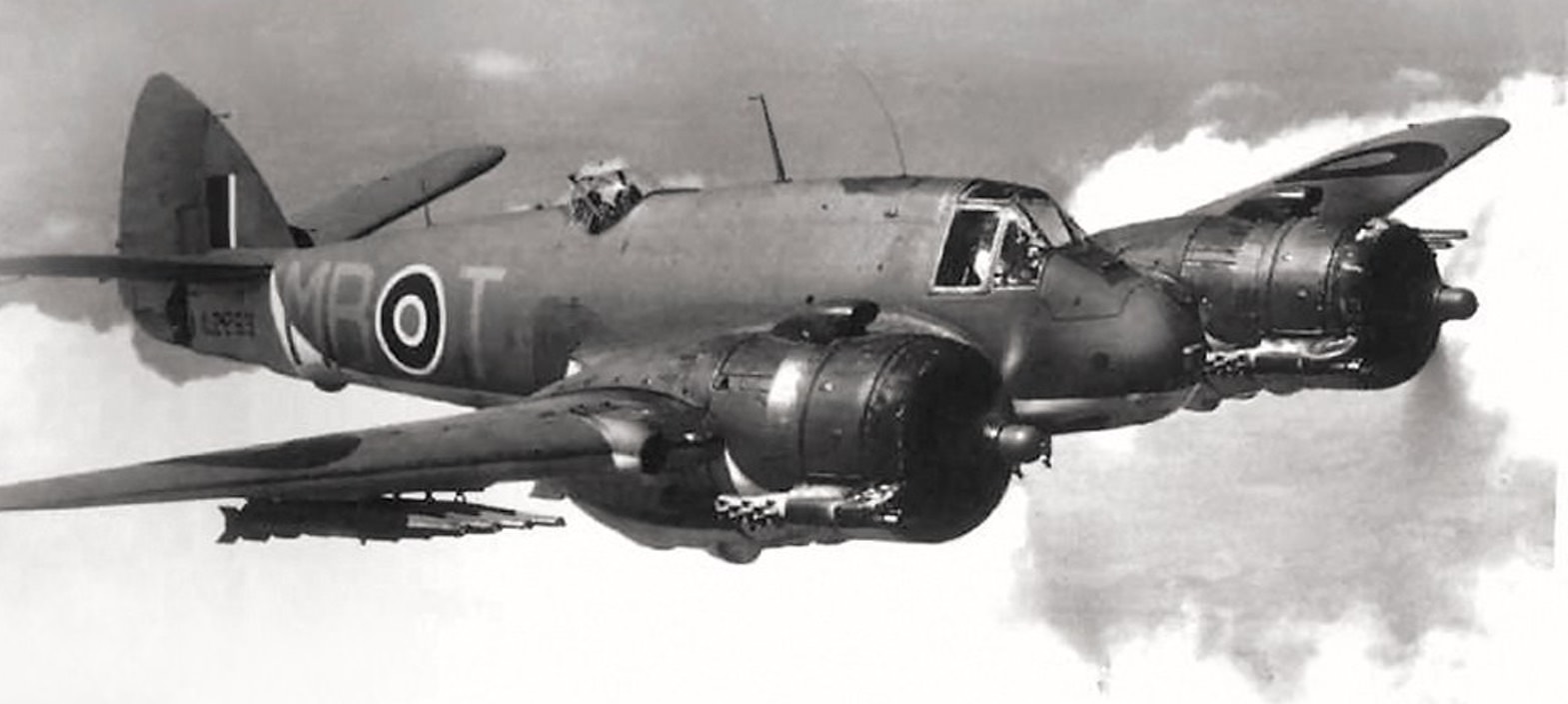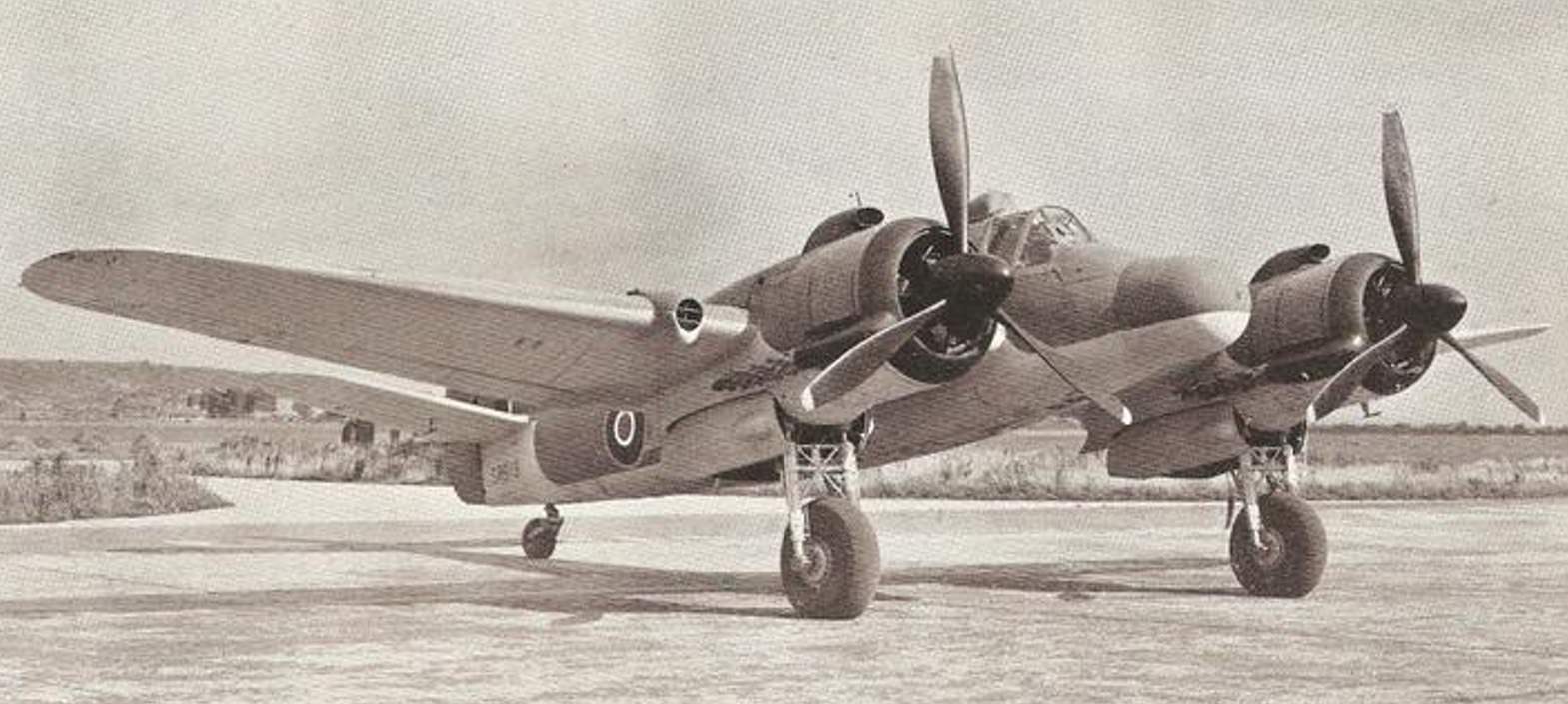Price: $34.95
- 4 magazines, 10 manuals, & photos
- PDF contains 1,224 pages
- Content is keyword searchable
- Print a personal copy
- Pay via PayPal or Credit Card
- International orders welcome!
- Download files upon payment
June 1973
- Emsco, Aviation Pioneer lost in the pages of time
- Douglas DC, beginning of the Gooney Bird legend
- Whispering Death, the Bristol Beaufighter
- Dr. Dornier’s Flying Whales
April 1989
- Farewell to the Phantom MiG Killers
- Westland Whirlwind, Hawker Typhoon, Bristol Beaufighter
- Bert Stiles’ Serenade to the Flying Fortress
January 1997
- Carrier Air Wing 8, We Go Aboard the JFK and its Battle Group
- Blenheim/Beaufort/Beaufighter
June 2004
- US Air Force Test Pilot School – We fly with the Air Force’s best
- Jet Engines – The inside story
- Bristol Beaufighter – Was it Britain’s best attacker? Never before seen photos!
Manuals & Photos
- Beaufighter 21 Australian Descriptive Manual 1945
- Beaufighter IC & IF Pilot’s Notes 1940
- Beaufighter IC, IF, VIC, VIF, XIC Pilot’s Notes 1944
- Beaufighter II Pilot’s Notes 1941 1
- Beaufighter II Pilot’s Notes 1941 2
- Beaufighter Mk VI/TFX/XI Pilot’s Notes 1944
- Beaufighter Mk. 21 Pilot’s Notes 1946
- Beaufighter Mk. VI Pilot’s Notes 1944
- Beaufighter Mks.IC & IF Pilot’s Notes 1943
- Beaufighter Tail Wheel Lock Installation
- Over 100 photos of the Bristol Beaufighter
TF Mk. X Specs
Variants
On Display
Cutaway
Videos
General Characteristics
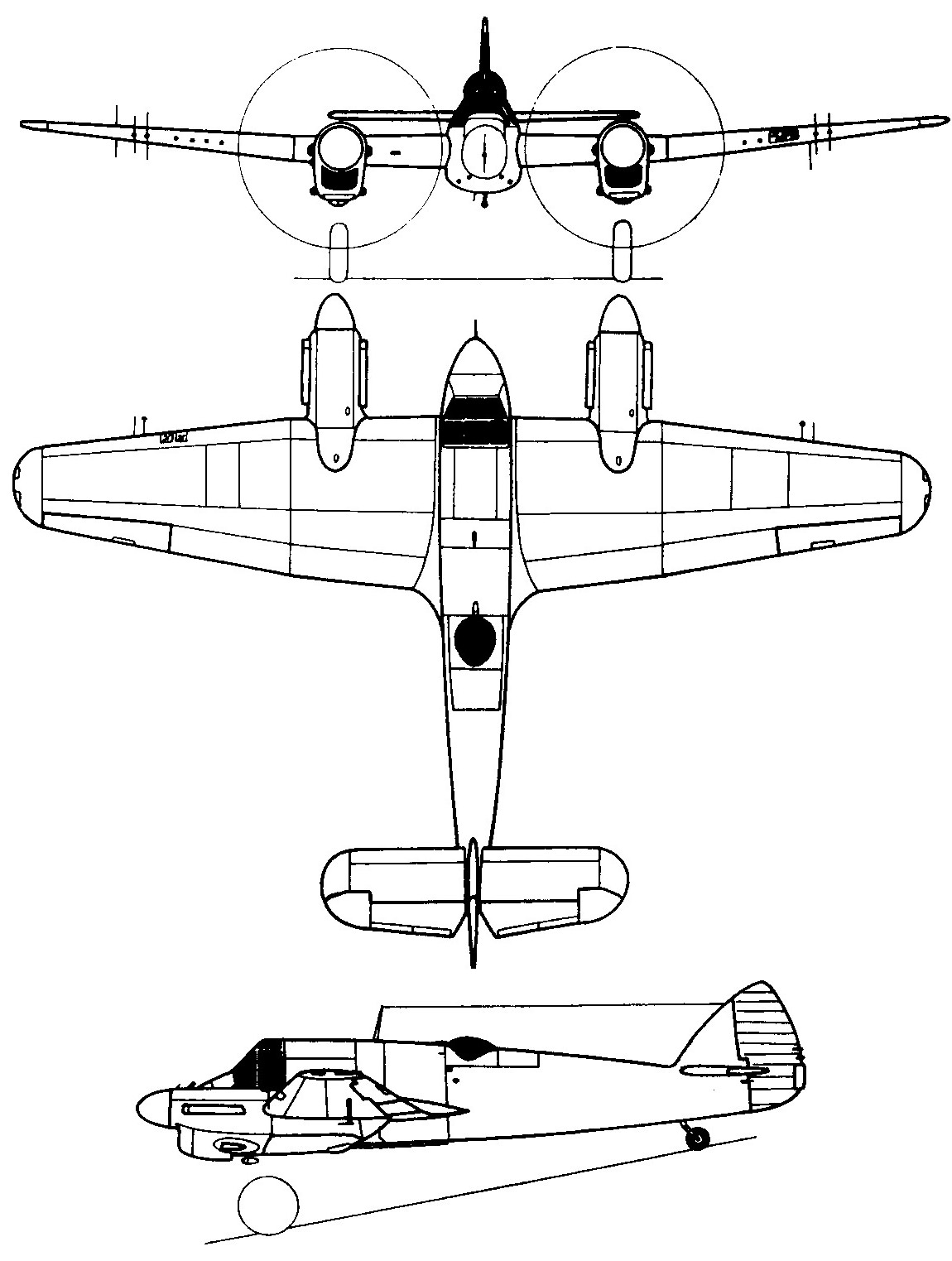
- Crew: 2
- Length: 41 ft 4 in (12.60 m)
- Wingspan: 57 ft 10 in (17.63 m)
- Height: 15 ft 10 in (4.83 m)
- Wing area: 503 sq ft (46.7 m2)
- Airfoil: root: RAF-28 (18%); tip: RAF-28 (10%)
- Empty weight: 15,592 lb (7,072 kg)
- Max takeoff weight: 25,400 lb (11,521 kg) with one torpedo
- Fuel capacity: 550 imp gal (660 US gal; 2,500 L) normal internal fuel
- Maximum fuel capacity: 682 imp gal (819 US gal; 3,100 L) (with optional 2x 29 imp gal (35 US gal; 130 L) external tanks / 1x 24 imp gal (29 US gal; 110 L) tank in lieu of port wing guns / 1x 50 imp gal (60 US gal; 230 L) tank in lieu of stbd. wing guns)
- Powerplant: 2 × Bristol Hercules XVII or Bristol Hercules XVIII 14-cylinder air-cooled sleeve-valve radial piston engines, 1,600 hp (1,200 kW) each
- Propellers: 3-bladed constant-speed propellers
Performance
- Maximum speed: 320 mph (510 km/h, 280 kn) at 10,000 ft (3,000 m)
- Range: 1,750 mi (2,820 km, 1,520 nmi)
- Service ceiling: 19,000 ft (5,800 m)
- Rate of climb: 1,600 ft/min (8.1 m/s)
Armament
- Guns: ** 4 × 20 mm (0.787 in) Hispano Mark II cannon (240 rpg) in nose
- 6 x .303 (7.7 mm) Browning machine guns in wings four starboard two port (optional, replacing internal long range fuel tanks)
- 1 × manually operated 0.303 in (7.7 mm) Browning for observer
- Rockets: 8 × RP-3 60 lb (27 kg) rockets
- Bombs: 2× 250 lb (110 kg) bombs or 1× British 18 inch (45 cm) torpedo or 1x Mark 13 torpedo
- Beaufighter Mk.IF
- Two-seat night fighter variant equipped with AI Mark IV radar and Hercules XI engines
- Beaufighter Mk.IC
- The “C” stood for Coastal Command variant; many were modified to carry bombs
- Beaufighter Mk.IIF
- However well the Beaufighter performed, by late 1941 the Short Stirling bomber programme had a higher priority for the Hercules engine, and the Rolls-Royce Merlin XX-powered Mk.IIF night fighter was the result.
- Beaufighter Mk.III/IV
- The Mk.III and Mk.IV were to be Hercules and Merlin powered Beaufighters with a new, slimmer fuselage, carrying an armament of six cannon and six machine guns that improved performance. The necessary costs of the changes to the production line led to the curtailing of the marks.
- Beaufighter Mk.V
- The Mk.V had a Boulton Paul turret with four 0.303 in (7.7 mm) machine guns mounted aft of the cockpit supplanting one pair of cannon and the wing-mounted machine guns. Only two (Merlin-engined) Mk.Vs were built. When tested by the A&AEE, R2274 was capable of 302 mph (486 km/h) at 19,000 ft (5,800 m).
- Beaufighter Mk.VI
- The Hercules-powered Mk.VI was the next major version appearing in 1942 and over 1,000 examples were built. Changes included a dihedral tailplane.
- Beaufighter Mk.VIC
- Coastal Command version, similar to the Mk.IC
- Beaufighter Mk.VIF
- Night fighter equipped with AI Mark VIII radar
- Beaufighter Mk.VI (ITF)
- Interim torpedo fighter version
- Beaufighter Mk.VII
- Proposed Australian-built variant with Hercules 26 engines, not built
- Beaufighter Mk.VIII
- Proposed Australian-built variant with Hercules XVII engines, not built
- Beaufighter Mk.IX
- proposed Australian-built variant with Hercules XVII engines, not built
- Beaufighter TF Mk.X
- Two-seat torpedo fighter aircraft, dubbed the “Torbeau”. Hercules XVII engines with cropped superchargers improved low-altitude performance. The last major version (2,231 built) was the Mk.X. The later production models featured a dorsal fin.
- Beaufighter Mk.XIC
- Coastal Command version of the Mk.X, with no torpedo gear
- Beaufighter Mk.XII
- Proposed long-range variant of the Mk.XI with drop tanks, not built
- Beaufighter Mk.21
- The Australian-made DAP Beaufighter. Changes included Hercules XVII engines, four 20 mm cannon in the nose, four Browning .50 in (12.7 mm) in the wings and the capacity to carry eight 5 in (130 mm) High Velocity Aircraft Rockets, two 250 lb (110 kg) bombs, two 500 lb (230 kg) bombs and one Mark 13 torpedo.
- Beaufighter TT Mk.10
- After the war, many RAF Beaufighters were converted into target tug aircraft
- Australian experimental prototypes
- Twin Merlin engines
- 40 mm Bofors gun fitted.
Australia
- Beaufighter Mk.XXI A8–186 – Built in Australia in 1945, A8–186 saw service with No. 22 Squadron RAAF at the very end of World War 2. After spending some years on a farm in New South Wales, it was bought in 1965 by the Camden Museum of Aviation, a private aviation museum at Camden Airport, Sydney Australia. It was restored using parts gathered from a wide variety of sources and wears “Beau-gunsville” nose art. (They also have a complete nose section that was found at a Sydney Railway workshops and acquired by the museum; see “Harry’s Baby”, below.
- Beaufighter Mk.XXI A8–328 – This Australian–built aircraft is displayed at the Australian National Aviation Museum near Melbourne as A8-39/EH-K. Completed on the day the Pacific War ended, it saw post-war service as a target-tug.
- Beaufighter Mk.XXI A8-386 – nose section only, displayed at the Camden Museum of Aviation with “Harry’s Baby” nose art.
-
United Kingdom
- Beaufighter TF.X, RD253 – Displayed at the Royal Air Force Museum in London, this aircraft flew with the Portuguese Air Force as BF-13 in the late 1940s. It was used as an instructional airframe before its return to the UK in 1965. Restoration was completed in 1968, using components scavenged from a wide variety of sources, including some parts recovered from a crash site.
- Beaufighter TF.X RD220 – This aircraft is currently displayed while under restoration at the National Museum of Flight at East Fortune Airfield, east of Edinburgh. Post-war, it served with the Portuguese naval air arm. After passing through the hands of the Portuguese Museu do Ar and the South African Air Force Museum, it was acquired by National Museums Scotland in 2000.
-
United States
- Beaufighter Mk.Ic A19-43 – On public display at the National Museum of the United States Air Force, Dayton, Ohio, since October 2006. Although flown in combat in the south-west Pacific by 31 Squadron Royal Australian Air Force, A19-43 is painted as T5049, Night Mare, a USAAF Beaufighter flown by Capt. Harold Augspurger, commander of the 415th Night Fighter Squadron, who shot down a Heinkel He 111 carrying German staff officers in September 1944. The Beaufighter was recovered from a dump at Nhill, Australia, in 1971, where it had been abandoned in 1947. It was acquired by the USAF Museum in 1988.
Under restoration/stored
- Beaufighter TF.X RD867 – Under storage at Canada Aviation Museum, RD867 awaits restoration. It is a semi-complete RAF restoration but lacks engines, cowlings or internal components. It was received from the RAF Museum in exchange for a Bristol Bolingbroke in 1
- Beaufighter Mk.Ic A19-144 – Owned by The Fighter Collection at Duxford, this aircraft has been undergoing a lengthy restoration to flying status for some years. It is a composite aircraft built using parts from JM135/A19-144 and JL946/A19-148.
A number of sunken aircraft are known; in 2005, the wreck of a Beaufighter (probably a Mk.IC flown by Sgt Donald Frazie and navigator Sgt Sandery of No. 272 Squadron RAF) was identified about 0.5-mile (0.80 km) off the north coast of Malta. The aircraft ditched in March 1943, after an engine failure occurred soon after take-off and lies inverted on the sea bed, in 38 metres (125 ft) of water.
Another Mediterranean wreck lies in 34 metres (112 ft) of water near the Greek island of Paros. This is possibly Beaufighter TF.X LX998 of 603 Squadron, which was shot down after destroying a German Arado Ar 196 during an anti-shipping mission in November 1943. The Australian crew survived and were rescued by a British submarine.
A Mk.VIC Beaufighter, serial A19-130, lies in 204 feet (62 m) of water, just off the coast of Fergusson Island in the western Pacific. It was lost in almost identical circumstances to the Malta aircraft – it ditched in August 1943 after an engine failure soon after takeoff. The aircraft sank within seconds, but both crew and their passenger escaped and swam to shore. The wreck was located in 2000.
In May 2020, the wreck of a Beaufighter TF.X, believed to be JM333 of No. 254 Squadron, was uncovered by shifting sands on Cleethorpes beach near Grimsby. The aircraft was ditched on 21 April 1944 after suffering a double engine failure shortly after takeoff from North Coates. The crew survived uninjured.
